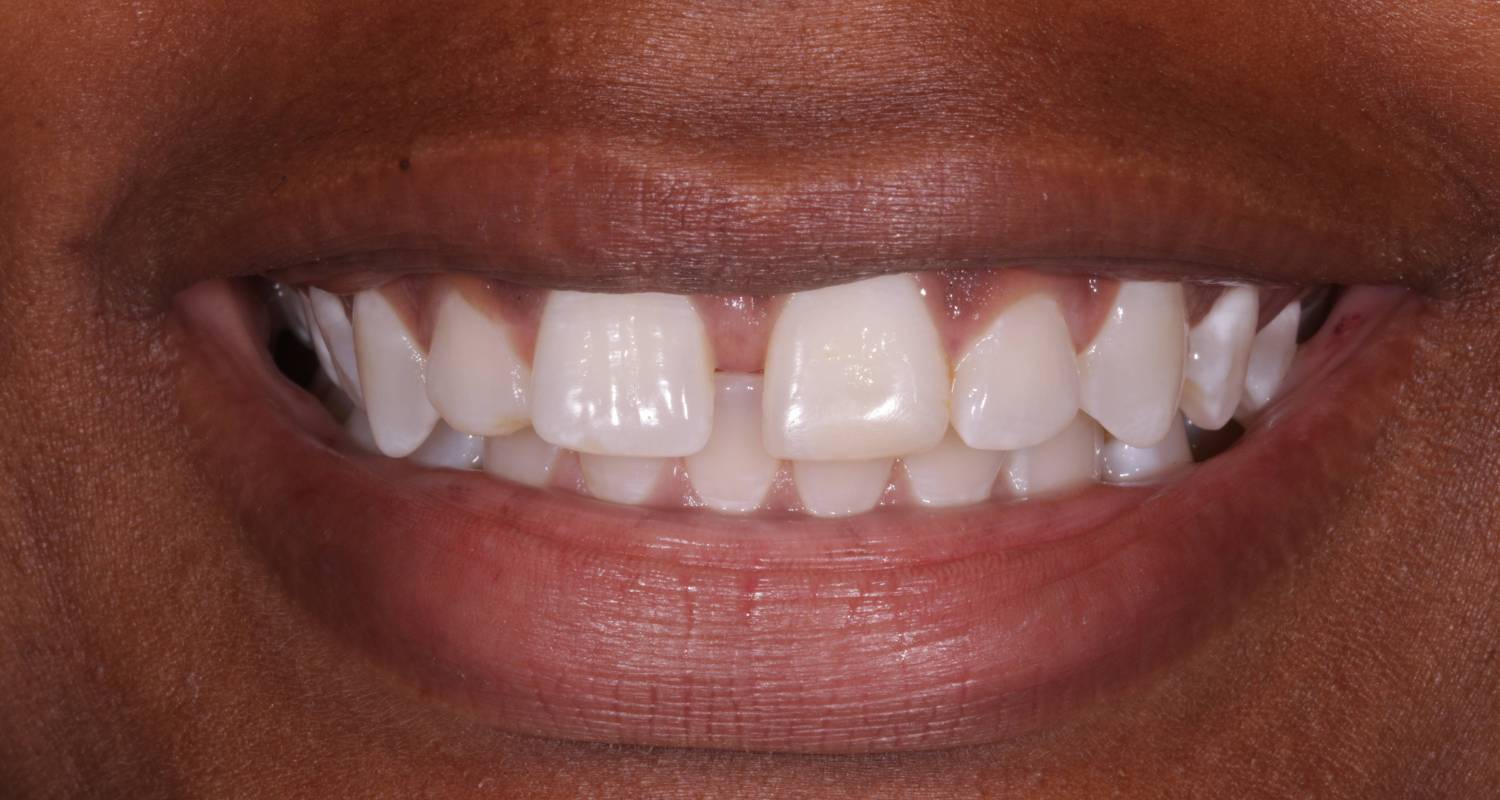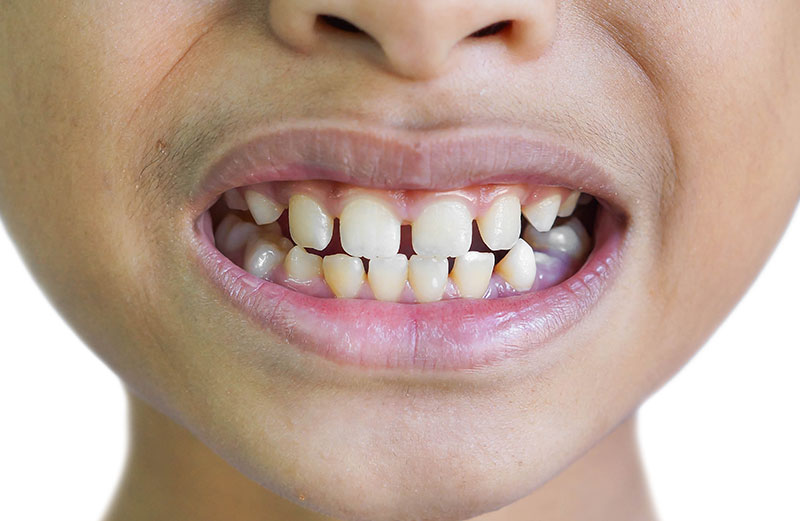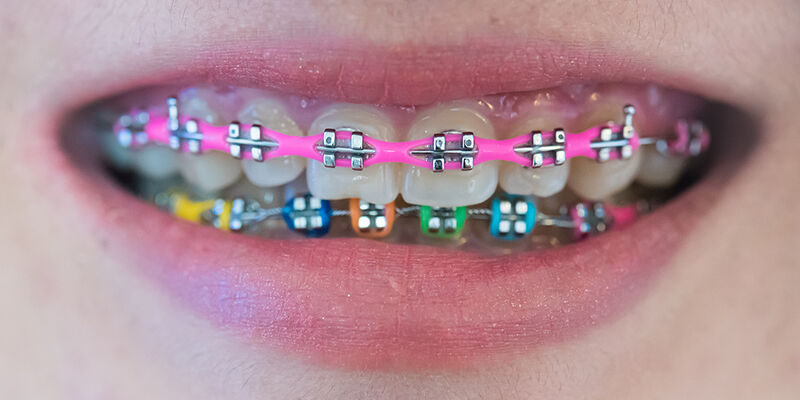How to Fix a Gap Between Front Teeth

Gaps between front teeth, also known as diastemas, are common dental concerns that many people seek to address for both aesthetic and functional reasons. While some individuals embrace their unique smiles, others may feel self-conscious about the gap between their front teeth and look for ways to close it. Various methods, ranging from orthodontic treatments to cosmetic procedures, are available to fix a gap between front teeth. This comprehensive guide explores the causes of gaps between front teeth, the different treatment options available, and factors to consider when choosing the best approach.
Understanding Gaps Between Front Teeth
What is a Diastema?
A diastema is a space or gap between two teeth, most commonly seen between the upper front teeth. While gaps can occur anywhere in the mouth, the front teeth are the most noticeable and often the primary concern for individuals seeking treatment.
Causes of Gaps Between Front Teeth
Several factors can contribute to the development of gaps between front teeth, including:
- Genetic Factors: Genetics can play a significant role in tooth size and jaw structure, leading to gaps if the teeth are smaller relative to the size of the jawbone.
- Discrepancies in Tooth Size: Variations in the size of teeth can cause gaps, especially if some teeth are unusually small or misshapen.
- Frenulum Attachment: An enlarged labial frenulum (the tissue connecting the inside of the upper lip to the gum above the front teeth) can cause a gap between the front teeth.
- Missing Teeth: The absence of certain teeth can create spaces that cause adjacent teeth to shift, resulting in gaps.
- Habits: Thumb sucking, tongue thrusting, and prolonged use of pacifiers or bottles in childhood can exert pressure on teeth and lead to gaps.
- Periodontal Disease: Gum disease can lead to bone loss and the loosening of teeth, causing gaps to develop over time.
- Improper Swallowing Reflex: Incorrect swallowing patterns, where the tongue pushes against the front teeth, can lead to gaps.
Methods to Fix a Gap Between Front Teeth
Various treatment options are available to fix a gap between front teeth, ranging from orthodontic solutions to cosmetic and restorative procedures. The choice of treatment depends on the underlying cause of the gap, the patient’s age, dental health, and personal preferences.
Orthodontic Treatments
Orthodontic treatments are highly effective for closing gaps between front teeth, particularly when misalignment or spacing issues affect multiple teeth. Here are some common orthodontic options:
1. Braces
Traditional Braces: Metal braces are a time-tested method for correcting gaps between front teeth. Brackets are attached to the teeth and connected with wires and elastics, applying continuous pressure to move the teeth into the desired position over time.
Ceramic Braces: Similar to traditional metal braces, ceramic braces use tooth-colored or clear brackets that are less noticeable, making them a popular choice for adults and teens.
Lingual Braces: These braces are placed on the backside of the teeth, making them virtually invisible from the front. Lingual braces are custom-made for each patient but can be more challenging to clean and may cause temporary discomfort to the tongue.
2. Invisalign
Clear Aligners: Invisalign is a popular orthodontic treatment that uses a series of clear, removable aligners to gradually move teeth into their proper position. Invisalign is a discreet option for those who want to avoid the appearance of traditional braces. Aligners must be worn for 20-22 hours per day and are changed approximately every two weeks.
Cosmetic Dental Procedures
Cosmetic dental procedures are ideal for individuals seeking immediate results or those who prefer not to undergo lengthy orthodontic treatment. Common cosmetic options include:
1. Dental Bonding
Procedure: Dental bonding involves applying a tooth-colored resin material to the teeth to close the gap. The resin is molded and shaped to match the natural teeth and is then hardened using a special light. This procedure is relatively quick, usually completed in one visit.
Advantages:
- Quick and minimally invasive
- Cost-effective
- Can be completed in a single dental visit
Disadvantages:
- May not be as durable as other options
- Prone to staining over time
- Requires periodic maintenance and touch-ups
2. Porcelain Veneers
Procedure: Porcelain veneers are thin, custom-made shells that are bonded to the front surface of the teeth to improve their appearance. Veneers can effectively close gaps between front teeth and correct other cosmetic issues such as discoloration, chips, or misalignment.
Advantages:
- Highly aesthetic and natural-looking results
- Durable and resistant to staining
- Can address multiple cosmetic issues simultaneously
Disadvantages:
- More expensive than bonding
- Requires the removal of a small amount of tooth enamel
- Typically involves multiple dental visits
3. Dental Crowns
Procedure: Dental crowns are custom-made caps that cover the entire tooth, restoring its shape, size, and appearance. Crowns can close gaps between front teeth and are particularly useful when teeth are damaged or weakened.
Advantages:
- Strong and durable
- Can restore function and aesthetics
- Suitable for teeth with significant damage
Disadvantages:
- More invasive, requiring the removal of more tooth structure
- Higher cost compared to bonding and veneers
- Multiple visits may be required
Restorative Dental Procedures
Restorative dental procedures may be necessary when gaps between front teeth result from missing or severely damaged teeth. Common restorative options include:
1. Dental Implants
Procedure: Dental implants are artificial tooth roots made of titanium that are surgically placed into the jawbone. A crown is then attached to the implant, filling the gap and restoring the appearance and function of the missing tooth.
Advantages:
- Permanent and durable solution
- Prevents bone loss in the jaw
- Natural-looking results
Disadvantages:
- Involves surgery and a longer healing period
- Higher cost compared to other options
- Requires sufficient bone density for placement
2. Dental Bridges
Procedure: Dental bridges consist of one or more artificial teeth (pontics) anchored by crowns on adjacent teeth or implants. Bridges can effectively close gaps caused by missing teeth.
Advantages:
- Durable and functional
- Can replace multiple missing teeth
- Less invasive than implants
Disadvantages:
- Requires the preparation of adjacent teeth
- Higher cost than bonding or veneers
- May need replacement after several years
Preventive and Behavioral Approaches
Addressing underlying habits and preventive measures can help fix and prevent gaps between front teeth, especially in children. Some approaches include:
1. Habit Modification
- Thumb Sucking Prevention: Techniques to discourage thumb sucking, such as using positive reinforcement or thumb guards.
- Tongue Thrust Therapy: Myofunctional therapy to retrain the tongue and correct swallowing patterns.
- Pacifier Use: Limiting or discontinuing the use of pacifiers after infancy.
2. Regular Dental Check-Ups
Routine dental visits allow for early detection and intervention of alignment issues, preventing the development of gaps and other dental problems.
3. Orthodontic Evaluations
Early orthodontic evaluations, typically by age 7, can identify potential alignment issues and allow for timely treatment to prevent gaps and other malocclusions.
Factors to Consider When Choosing a Treatment
When deciding on the best treatment to fix a gap between front teeth, consider the following factors:
Severity of the Gap
The size and severity of the gap will influence the choice of treatment. Mild gaps may be effectively treated with bonding or veneers, while more significant gaps may require orthodontic or restorative procedures.
Underlying Causes
Identifying the underlying cause of the gap is crucial for determining the most appropriate treatment. For example, gaps caused by behavioral habits may require habit modification and orthodontic treatment, while gaps due to missing teeth may necessitate implants or bridges.
Patient Age
Age can be a factor in choosing a treatment option. Orthodontic treatments are often more effective in children and adolescents whose jaws are still growing, while adults may benefit from a combination of orthodontic and cosmetic procedures.
Cost
The cost of treatment is an important consideration. Orthodontic treatments like braces and Invisalign tend to be more expensive and time-consuming than cosmetic procedures like bonding or veneers. However, they may provide more comprehensive results for certain cases.
Aesthetic Preferences
Personal preferences regarding the appearance of the treatment can influence the choice. For example, individuals who prefer a more discreet option may opt for Invisalign or lingual braces instead of traditional metal braces.
Treatment Duration
The length of time required for treatment varies depending on the method chosen. Orthodontic treatments typically take longer, often ranging from several months to a few years, while cosmetic procedures like bonding and veneers can be completed in one or two visits.
Maintenance and Durability
Consider the long-term maintenance and durability of the chosen treatment. Some options, like bonding, may require periodic touch-ups, while others, like veneers and crowns, offer more durable and long-lasting results.
Conclusion
Fixing a gap between front teeth involves a range of treatment options, from orthodontic solutions like braces and Invisalign to cosmetic and restorative procedures like bonding, veneers, and dental implants. The choice of treatment depends on various factors, including the severity of the gap, underlying causes, patient age, cost, and aesthetic preferences.
Consulting with a qualified dentist or orthodontist is essential for accurately diagnosing the cause of the gap and determining the most appropriate treatment plan. With the right approach, individuals can achieve a more aligned and aesthetically pleasing smile, enhancing both their dental health and self-confidence.
If you are concerned about a gap between your front teeth, schedule a consultation with a dental professional to explore the best treatment options tailored to your specific needs and goals.
Related to read:
Best Oral Hygiene Practices For Optimum Oral Health.
How to Whiten Teeth Naturally?
How to keep your gums healthy and disease-free?
References
To ensure the information provided is accurate and up-to-date, the following sources were referenced:
- American Dental Association. (n.d.). Plaque and Tartar. Retrieved from ADA website
- Mayo Clinic. (n.d.). Dental Plaque. Retrieved from Mayo Clinic website
- National Institute of Dental and Craniofacial Research. (n.d.). Periodontal (Gum) Disease. Retrieved from NIDCR website








